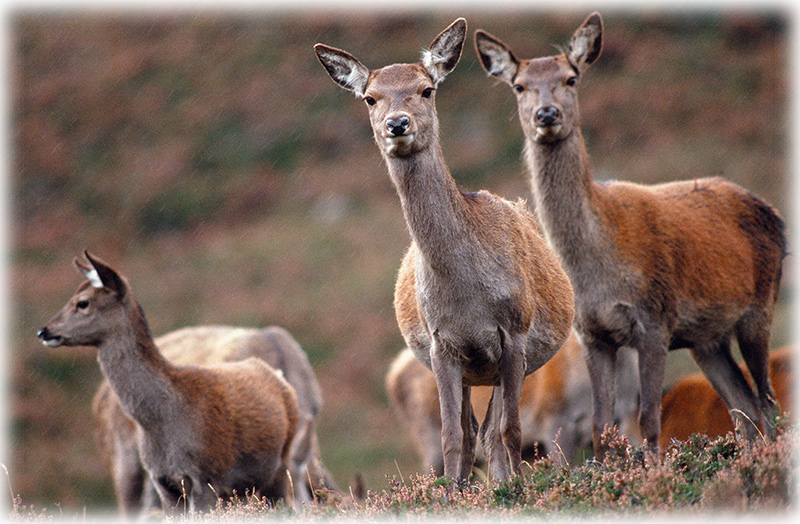Aim

The aim of this guide is to describe SNH technical guidance associated with compensatory culls and deer fencing.
Introduction
Fences that prevent access to areas of ground that deer rely on for forage or shelter may increase the risk of suffering or winter mortality through starvation and exposure.
In order to reduce this risk, SNH recommends that deer ‘dependent’ on the fenced off area should be culled. Cull setting is calculated using information on numbers and movement of deer that rely on the area. This knowledge should include both seasonal movement and deer response to different weather conditions, to ensure that there is an understanding of when the area is of most importance to deer. However, this data is seldom available in sufficient detail.
The precautionary approach is based on minimising negative impacts to deer welfare. The approach presented below aims to refine the cull setting process, which may more accurately target deer likely to be affected. The trade off is that in attempting to be more precise, the quality of data required increases along with the cost (who pays) and the risk to deer welfare also increases.
Issues
Time of Year
Deer will utilise and often depend on different areas of their range to provide them with forage and shelter at different times of the year. Often the most critical time is during the winter months, when deer rely on specific areas to provide shelter.
Knowledge of winter utilisation is crucial in deciding what level of compensatory cull may be required.
Loss of Forage
The quality of habitat being removed versus the quality of remaining available range will need to be taken in to account.
The number of deer utilising any area to be fenced off will generally reflect the importance of that area for feeding.
If the area to be removed from the deer range contains less important types of forage, including less attractive and less palatable species such as purple moor grass, then this is of less significance to deer than an area of more attractive species rich grassland (containing species such as Agrostis or Deschampsia) and vice-versa. Any compensatory cull will take in to account the habitat type and associated deer utilisation.
Loss of Shelter
While loss of forage is an important issue, loss of shelter is perhaps more of a critical factor in deciding the level of compensatory cull.
Loss of forage may result in deer losing condition and in some circumstances lowering of fecundity but the risk of deer mortality through loss of available shelter is a much more serious issue.
Species and Sex
Compensatory culls are usually associated with Red deer and removal of range from the open hill. SNH advice will take into account whether it is predominantly hind or stag ground that is proposed to be removed from the deer range.
If the area being fenced off is heavily utilised by hefted hinds the implications for the welfare of hefted hinds may be more serious than for stags, given that stags might have an alternative.
The risk to hinds is considerable and SNH advice will remain that any hefted hinds and dependants are culled if a significant proportion of range they rely on is removed.
If the area to be fenced is utilised as wintering ground, predominantly for stags, then the associated compensatory cull will depend on other associated factors, as noted below.
Provision of Alternative Shelter
While stags maintain traditional wintering grounds, they will seek to find alternative areas if access is prevented. Providing access to alternative shelter and grazing where there isno risk of damage may reduce the level of compensatory cull required without compromising deer welfare.
This will require a predictive approach that requires detailed knowledge of likely deer movement patterns and the availability of alternative shelter.
Proximity of sensitive areas
(designated sites, agricultural land, and threat to public safety)
Possible displacement of deer on to ground that is vulnerable to damage from an increase in deer numbers as a result of exclusion from their range will need
to be taken in to account when considering the level of compensatory cull.
Displacement, that causes or is likely to cause damage to designated sites for example SAC, SPA, SSSIs and Biodiversity Action Plans (BAP) habitats through increased grazing or trampling pressure, will need to be addressed in the compensatory cull. Similarly potential displacement of the deer excluded onto agricultural land or onto roads or railways will need to be considered.
Again, this approach will require detailed knowledge of likely deer movement patterns.
Contingency
Compensatory Culls should take into account all of the points highlighted above but it is recognised that any cull which aims to minimise the risk to deer welfare and prevent damage through displacement of deer must be accompanied by monitoring and responsive management action.
